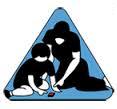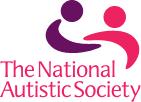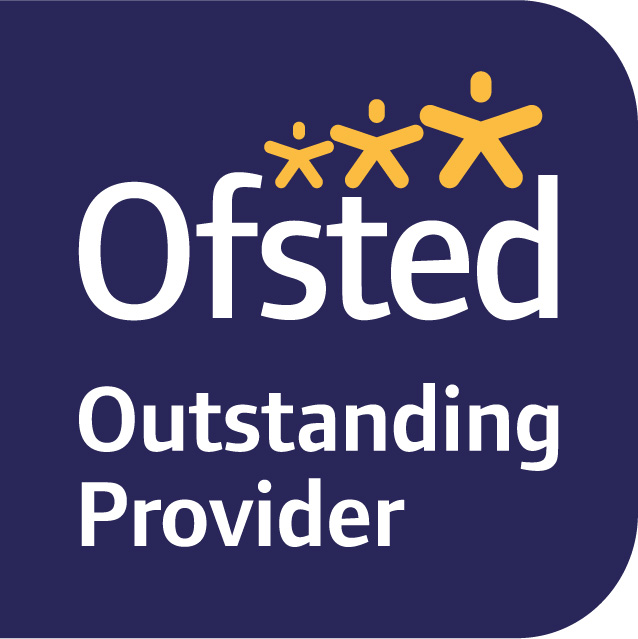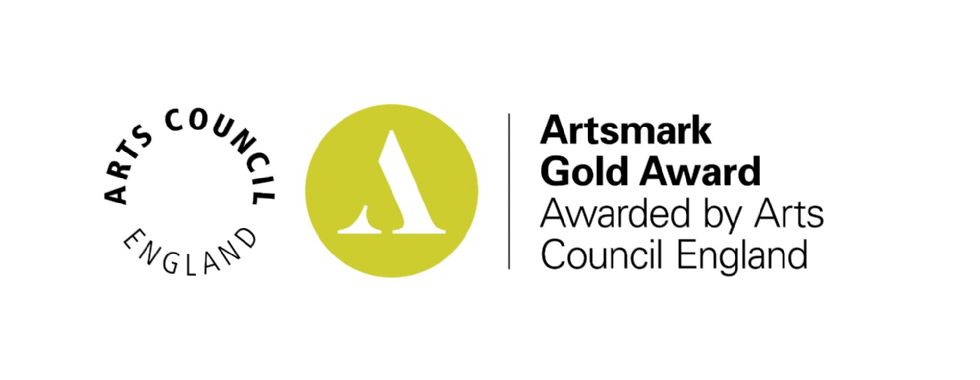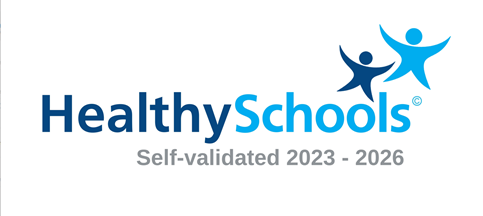TEACCH
TEACCH
(Treatment and Education of Autistic and related Communication Handicapped Children) is seen as a whole life approach to supporting those with an ASC diagnosis. It aims to equip those on the autism spectrum with an environment, whereby many of their difficulties can be supported to enable individuals to live and learn without undue stress and anxiety.
The key principles of TEACCH are to provide a system of structured teaching, predictability and the use of visual aids to minimise verbal instructions. This structure aims to utilise the many strengths of children with ASC, such as their visual skills and adherence to routine, to help minimise their difficulties and maximise successful learning opportunities. This approach is intended to enhance the acquisition of skills, by providing a stress-free environment.
Spring Common Academy endeavours to embed the key principles of the TEACCH programme in the daily structure and set up of classes and sessions in order to support those pupils with an ASC. It is through this approach that staff use structured teaching to help pupils make sense of their surroundings and what is expected of them.
Physical Organisation
Many classes endeavour to provide clear visual boundaries, segmenting the space into recognisable parts that indicate to pupils a clearer sense of context and purpose of what is expected of them. For example: defined area for group activities, work sessions and computer time. Classes also provide work stations/bays for those with ASC who at times may require their own space in a distraction-free part of the classroom in order to work more effectively. Such areas are defined by blank screens and plain boards/walls in order to reduce visual stimuli that may distract, over-stimulate or confuse pupils. At Spring Common Academy such an environment has been set-up most effectively in the ASC bases. These provide such optimum work environments for pupils with ASC and pupils who require it have access to the bases on a weekly/daily basis.
- When staff are working with pupils at the work stations/bases it is suggested that they sit slightly behind / to the side of the pupil in order to not distract the child and to increase independence.
Schedules
Schedules play a fundamental role in the TEACCH programme. A schedule provides cues (mainly in visual form) to indicate what activities will occur and in what sequence. This provides pupils with an organisational system for time, providing structure and predictability. By using a visual medium (E.g. visual timetable) provides pupils with more adequate processing time, a concrete point of reference to key information and gives time a physical dimension through a visual breakdown of what is happening. Spring Common provides pupils with a range of schedules to support pupils understand a sequence of events. These are done using a range of visual mediums including objects, photographs, pictures, numbers and words depending on pupils’ developmental levels.
Classes have a daily visual symbol/word timetable on display in the classroom which provides a sequence of what activities will be occurring during the day. Daily personalised timetables are also provided for pupils who require a more detailed, personalised schedule. This provides them with a clear, predictable routine of what their day will involve which will hopefully reduce any anxiety about what is happening next. This can then be broken down for individuals by using ‘first and then’ cards. These are then able to go with pupils to each activity as a constant visual cue of what is happening. Work schedules can also be used to break down a work session or task in order to provide clarity of how long it will take, what is required of them and what will happen next.
It is through the implementation of these schedules that staff provide ongoing visual supports of sequential information to provide structure and predictability for pupils.
Work Systems
An individual work system is intended to give pupils a systematic strategy to approach work that needs to be completed. The four main questions of the work system are:
- What work?
- How much work?
- Concept of finished – making progress?
- What happens next?
Work systems can be presented in varying formats including written and matching systems. A written work system may include a list of tasks for a session, or a breakdown of a task that can be used to encourage a pupil to work with increased independence on completing tasks. Alternatively, this can be displayed through a symbolic/pictoral or colour coded system where pupils have to match cards to activity/work boxes using the given criteria. Organising work in this way will provide an indication to a pupil of what work needs to be done and provides a time framework to work by (E.g. What needs to be completed before the task/session is completed).
Work systems are set up in such a way that they provide an organisational sequence for the pupils, an area which they may have difficulty in. The work systems and work tasks may be presented top to bottom or left to right, providing a clear system for pupils to follow and work through. Also, work stations can also provide such organisational structure through the physical set-up, with tasks set up in trays or drawers on the left of the pupil and finished work/trays on the right.
Many of those with ASC work more effectively when there is a clear, explicit sign that a task is completed. This can provide a clear concept of ‘finished’ to the pupil. Work systems can provide such signals through a range of strategies. These include: marking off task completion a card, removing symbol/picture that represents task, putting completed tasks in a ‘finish’ box/tray, putting tasks back on shelf or on a different shelf.
Work systems can also be particularly effective in using pupils’ enthusiasms (obsessions and interests) as motivators. By incorporating opportunity / time for pupils to have on a personalised interest at the end of a work session, not only provides them with an obvious motivator, but also provides a positive insight in to what will be happening next.
Spring Common Academy implements such work systems to support the pupils both in the classroom and the ASC bases. These aim to provide pupils with the opportunity for directed work (adults supporting pupils learning and consolidating newly acquired skills) in conjunction with the opportunity for independent task completion to take place.
Recording and Progression
Spring Common Academy base their work sessions on tasks that comprise of individualised activities/tasks based on literacy and numeracy targets taken from pupils B-squared assessment targets. It is the class teacher’s responsibility to set up the work task targets (with the support of the autism team if required). Pupil’s progress is then recorded on a spread sheet by the adult who delivers the individual sessions using the recording criteria given. Pupils and staff will have a group TEACCH session supervised by one of the academy’s Autism HLTAs to monitor pupil progress and offer advice and model good practice. Once the pupil has demonstrated that they are able to successfully and consistently achieve the target this is then fed back to the class teacher who will be able to update the targets accordingly. Parents are able to request a copy of their pupil’s progress and a list of the targets they are working on to match any activities they wish to complete at home.
It is important that some tasks that the pupil is able to complete independently are left in the session in order to promote confidence and independence.
